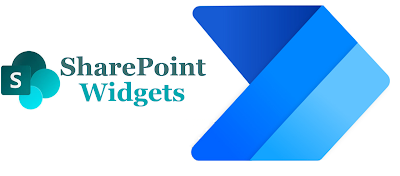Azure runbook script to send mail using PowerShell and SendGrid
Hi Friends,
Today I will be showing how to create and send the mail notification using the SendGrid through Azure Runbook and Powershell
SendGrid is a third party API that is very much integrated with Azure and is very easy to use. It provides various ways to send the mail. In this blog, I will be explaining the code to use SendGrid REST API to send the mail.
STEPS..!!
Step 1:
To use SendGrid, you should have 2 things
- SendGrid Subscription Key: This key will let the SendGrid know the subscription you have and will allow the number of emails accordingly
- Sender Identity: This identifies the sender so that the mails do not lands up in the SPAM/JUNK folder.
To have the above two, you need to login to the SendGrid and follow the instruction.
Step 2: Store the Subscription key in Key Vault
To maintain the security, I will be keeping the SendGrid Subscription Key into the Azure KeyVault. If you want to do the same, please follow the steps mentioned here
Make a note of the two properties that we will be needing in the script
- Key Vault Name
- Secret Name
Step 3: Code in Runbook
This is the last step, If you haven't created one follow the step below
- Create an Automation Account
- Navigate to the account and then to Runbooks and create a new one
Once the runbook is created, paste the below code and update the VaultName and SubscriptionKey variable values
Click on save and then test
Hope this script will save a lot of time and will help you... Do write me if you need any help on the topic.
Happy Coding..!!




Comments
Post a Comment